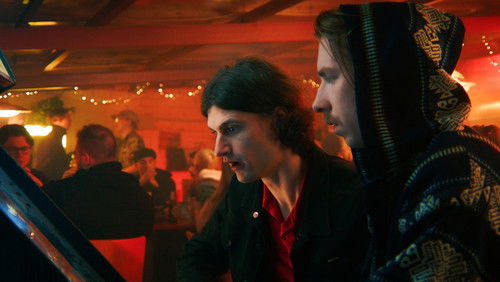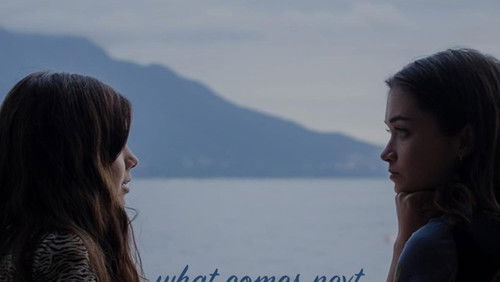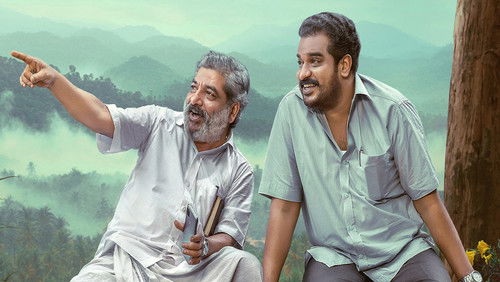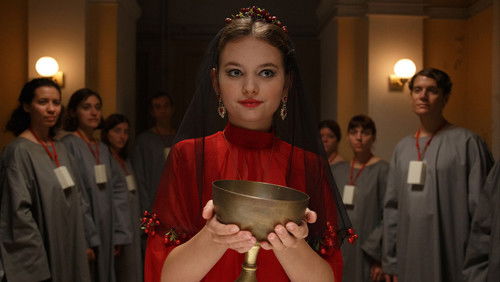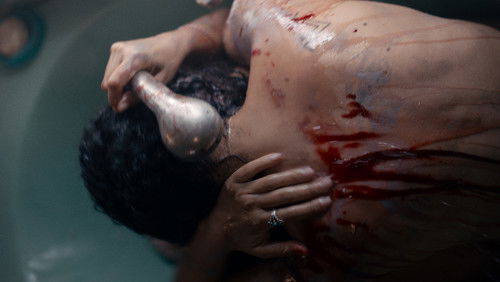Los Versos del Olvido – Im Labyrinth der Erinnerung (2017)
63KLos Versos del Olvido – Im Labyrinth der Erinnerung: Directed by Alireza Khatami. With Juan Margallo, Tomás del Estal, Manuel Morón, Itziar Aizpuru. When the elderly caretaker of a remote morgue discovers the body of a young woman killed during a protest, he embarks on a magical odyssey to give her a proper burial before the militia returns.
“u0026quot;Oblivion Versesu0026quot; is a quiet film that probably slipped under the radar of most English speaking audiences, but itu0026#39;s well worth the watch. Presented in very picturesque, very stationary shots (there is practically no camera movement), itu0026#39;s almost like a series of living postcards through which we follow an old manu0026#39;s strange quest.u003cbr/u003eu003cbr/u003eOur protagonist (who has no name) is an old man who works at a small village morgue. He and his coworker, a gravedigger, spend their workdays recounting the stories of the dead whom they have buried, 1000 in total. Then one day a 1001st body mysteriously shows up: the corpse of a young woman who was murdered by the government-sponsored militia. Our nameless hero realizes itu0026#39;s just a matter of time before the militia comes back to grab the body and dump her in a mass unmarked grave in the hills. So he takes it upon himself, as his last act before shutting down the morgue, to give her a proper burial. Itu0026#39;s not easy.u003cbr/u003eu003cbr/u003eAlthough there are elements of violence (all handled off-camera) as well as an overtly morbid and disturbing theme, the film is surprisingly poetic and nostalgic. The stillness of the camera forces us to pay attention to the entire field of view, not just what the camera wants us to see, as conventional pans u0026amp; zooms would dictate. And the slow moving pace–literally u0026#39;slow movingu0026#39; as the old man hobbles about somewhat rheumatically–causes us to absorb every detail and hang on every word that is said.u003cbr/u003eu003cbr/u003eAlthough the plot is very interesting, almost like a murder mystery thriller, you shouldnu0026#39;t approach this as a straightforward plot-driven Hollywood type movie. The power of this film is in the small details and excellent script. I absolutely loved the conversations between the old man and the grave digger. They add some fun comedic spice and deadpan strangeness. In a weird way it reminded me of the banter between John Travolta and Samuel L. Jackson playing 2 hired killers in u0026quot;Pulp Fictionu0026quot;, except here we have a pair of old timers chatting as they plant dead bodies in the ground.u003cbr/u003eu003cbr/u003eVisually itu0026#39;s a feast. Every detail seems to be meticulously laid out for us, especially in the indoor scenes like the bureaucratu0026#39;s office which is magnificently cluttered with books, papers and alarm clocks that keep ringing (though he can never remember why). If you notice things like dramatic lighting and shadows, youu0026#39;ll be blown away at the morgue scenes and a really fun scene in the morgue library: a labyrinthine tangle of aisles and shelves where you need a long piece of string to find your way out of. Other shots of exteriors and the cemetery are enormous and open. I really meant it when I compared this film to a series of postcards.u003cbr/u003eu003cbr/u003eThis quiet, motionless style of filmmaking reminded me of the European masters Bela Tarr, Emir Kusturica, and even some of Milos Formanu0026#39;s early work (u0026quot;The Firemenu0026#39;s Ballu0026quot;), or if youu0026#39;re familiar with modern Japanese cinema think of Takeshi Kitano (u0026quot;Fireworksu0026quot;, u0026quot;A Scene at the Seau0026quot;). An American comparison might be the early work of Mike Nichols (u0026quot;Catch-22u0026quot;). However this film is a true original. This is director Alireza Khatamiu0026#39;s debut feature, and I have to say itu0026#39;s one of the most impressive directoral debuts Iu0026#39;ve seen.”

